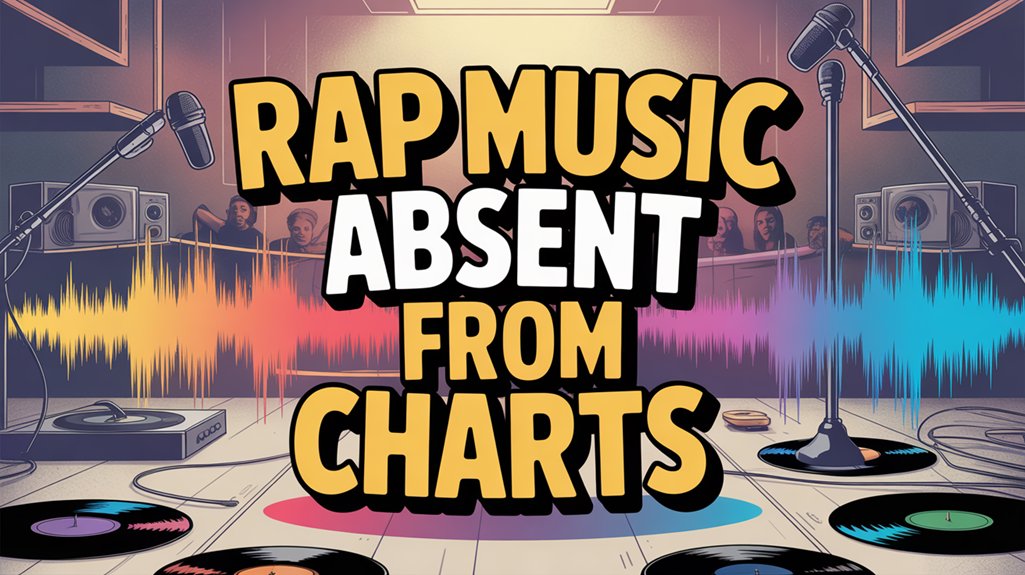For the first time in nearly two decades, the Billboard Hot 100‘s Top 40 currently features no rap songs, marking a significant shift in America’s musical landscape. This absence represents a dramatic departure from the genre’s typical chart dominance, which has been a consistent feature since the early 1990s when rap began solidifying its place in mainstream music culture.
Billboard’s Hot 100, which combines streaming data, digital sales, and radio airplay to determine rankings, has historically included multiple rap entries at any given time. Music industry analysts point to several factors contributing to this unusual development, including shifting consumer preferences and changes in radio programming strategies across the country.
The chart’s methodology, which weighs these three components, may be reflecting a temporary realignment in how audiences consume music rather than a permanent decline in rap’s popularity.
Billboard’s metrics may simply reflect shifting consumption patterns rather than rap’s actual cultural standing.
Despite this chart anomaly, rap’s influence on popular culture remains substantial. The genre continues to drive fashion trends, shape cultural conversations, and maintain a strong presence on social media platforms where artists connect directly with fans.
Streaming numbers for rap artists on platforms like Spotify and Apple Music remain robust, suggesting that this Billboard absence might not accurately reflect the genre’s actual consumption patterns. Independent rap artists continue to find success through direct distribution strategies that bypass traditional chart metrics while building dedicated followings across multiple platforms.
Record labels and marketing teams are likely reassessing their strategies in response to these developments. Industry experts note that genres typically experience cyclical periods of chart dominance, and rap’s temporary absence might simply indicate a natural fluctuation rather than a long-term trend. This situation mirrors February 1990, which was the last time rap disappeared completely from the Top 40.
Previous instances of genre shifts on the charts have often been followed by strong comebacks.
What makes this moment particularly notable is its historical rarity. Since the early 2000s, rap has maintained a continuous presence in the Top 40, making this absence a genuine statistical anomaly worth tracking.
As the music landscape continues evolving, many industry watchers remain curious whether this represents a momentary blip or the beginning of a more significant shift in America’s musical preferences. For aspiring rap artists, this temporary chart absence doesn’t diminish the importance of defining your brand and consistently releasing quality music that connects with audiences.




